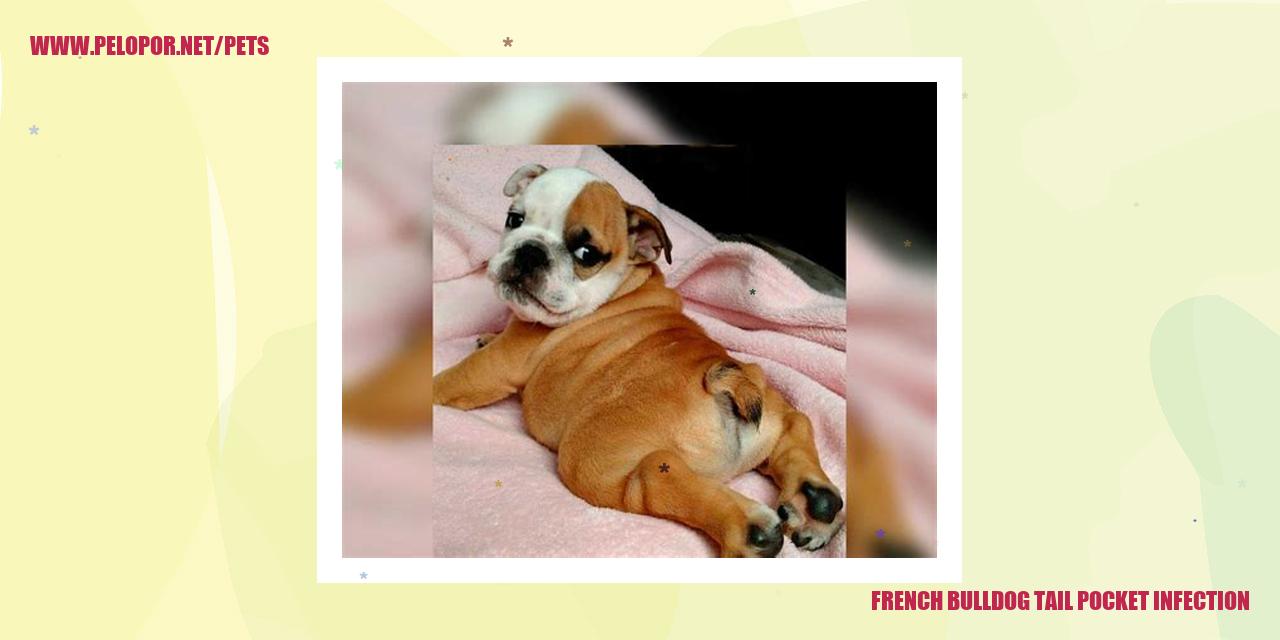French Bulldog Tail Pocket Infection
Learn about the causes, symptoms, and treatment options for French Bulldog tail pocket infection. Keep your furry friend healthy and happy.
french bulldog tail pocket infection

French Bulldog Tail Pocket Infection
Understanding French Bulldog Tail Pocket Infection
Recognizing Symptoms:
symptoms attributed to a French Bulldog’s tail pocket infection can manifest in various ways. These signs may include redness, swelling, discharge, an unpleasant odor, and discomfort around the vicinity of the tail. The affected area may appear swollen, inflamed, and irritated, and you may observe signs of distress when attempting to touch or clean the pocket.
Common Causes:
The occurrence of tail pocket infections in French Bulldogs can typically be traced to the accumulation of dirt, debris, and moisture within the folds of their tail. The presence of moisture in this particular area provides a suitable breeding environment for bacteria or yeast to thrive, ultimately resulting in an infection. The unique shape and structure of the French Bulldog’s tail pocket make it prone to trapping bacteria, emphasizing the importance of regular cleaning and maintenance.
Effective treatment Methods:
If you suspect that your French Bulldog is suffering from a tail pocket infection, seeking professional veterinary assistance is crucial for an accurate diagnosis and appropriate treatment. Your veterinarian may prescribe antibiotics, anti-inflammatory medications, or antifungal creams to combat the infection and offer relief. Additionally, they may advise routine cleaning of the tail pocket using gentle cleansing solutions recommended by the veterinarian.
Preventative Measures:
prevention plays a critical role in averting recurrent tail pocket infections in French Bulldogs. Establishing a regular cleaning and drying routine for the tail pocket area is crucial in reducing the risk of infection. Maintaining dryness within this region is vital as moisture facilitates bacterial growth. Furthermore, practicing proper hygiene, which includes trimming the hair around the tail and maintaining a clean tail pocket, can significantly decrease the likelihood of infection.
